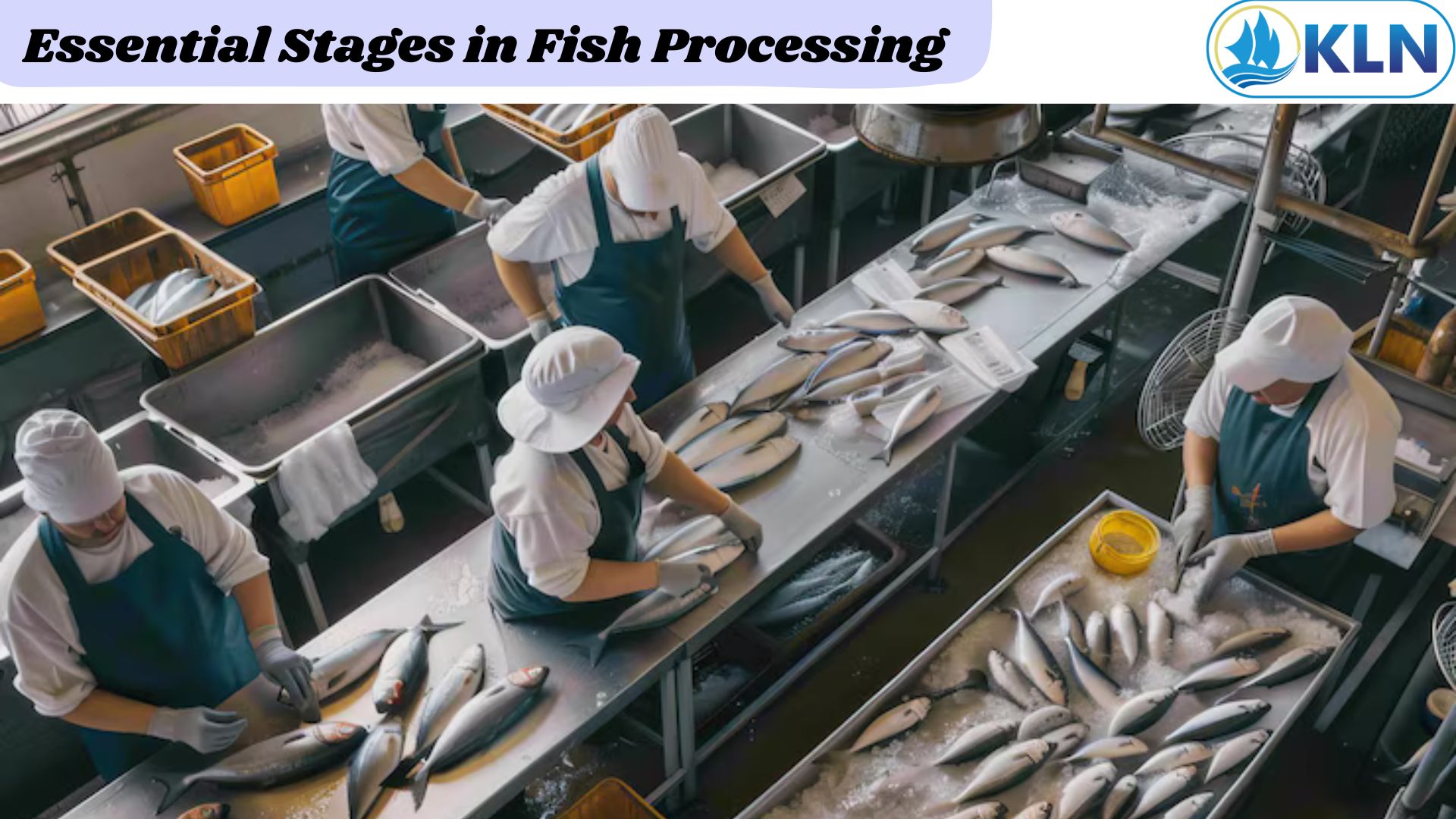Essential Stages in Fish Processing
By. Najih - 13 Sep 2024
Fish processing involves several critical stages that are essential for maintaining the quality and freshness of fish products. Understanding these stages helps in appreciating the complexity involved in delivering high-quality seafood to consumers. This article outlines the key stages in fish processing and their significance.
1. Catching and Initial Handling
The processing of fish begins with the catch. Proper handling immediately after capture is crucial to preserve the fish’s quality. Fishermen use techniques that minimize stress and physical damage, such as using specialized nets and rapidly chilling the fish. Once on board, the fish are quickly cooled using ice or refrigeration to slow down metabolic processes and prevent spoilage.
2. Sorting and Grading
After the fish are initially handled, they are sorted and graded. Sorting involves categorizing fish based on species, size, and quality. This step ensures that only the best specimens continue to the next stages of processing. Fish that do not meet quality standards are either discarded or repurposed. Grading helps in determining the appropriate processing methods and pricing, ensuring that each fish is treated according to its quality.
3. Cleaning and Evisceration
Cleaning and evisceration are crucial for preventing contamination and extending shelf life. During this stage, internal organs and blood are removed from the fish. Effective cleaning removes contaminants, while evisceration eliminates organs that could cause spoilage. This step is essential for maintaining the fish’s quality and safety.
4. Filleting and Portioning
Once cleaned, fish are filleted and portioned. Filleting involves removing bones and skin to produce boneless, skinless fillets. Precision is important to maximize yield and minimize waste. The fillets are then portioned into sizes suitable for different market segments, such as retail or food service.
5. Freezing and Storage
To preserve freshness, fish are often frozen shortly after processing. Freezing halts bacterial growth and maintains the fish’s texture and flavor. Blast freezing is commonly used to ensure even freezing, which helps in retaining high quality. Proper storage conditions are vital to prevent freezer burn and maintain product integrity.
6. Packaging and Distribution
The final stage is packaging and distribution. Fish fillets are packed in vacuum-sealed bags or other suitable materials to prevent contamination. Efficient distribution ensures that the fish reaches the market in optimal condition, maintaining the cold chain throughout the process.
.jpg)
The Impact of HACCP-Based Integrated Quality Management Programs on the Quality and Competitiveness of Fresh Demersal Fish Products
 and Employee Productivity on the Demersal Fish Processing Floor.jpg)


.jpg)



